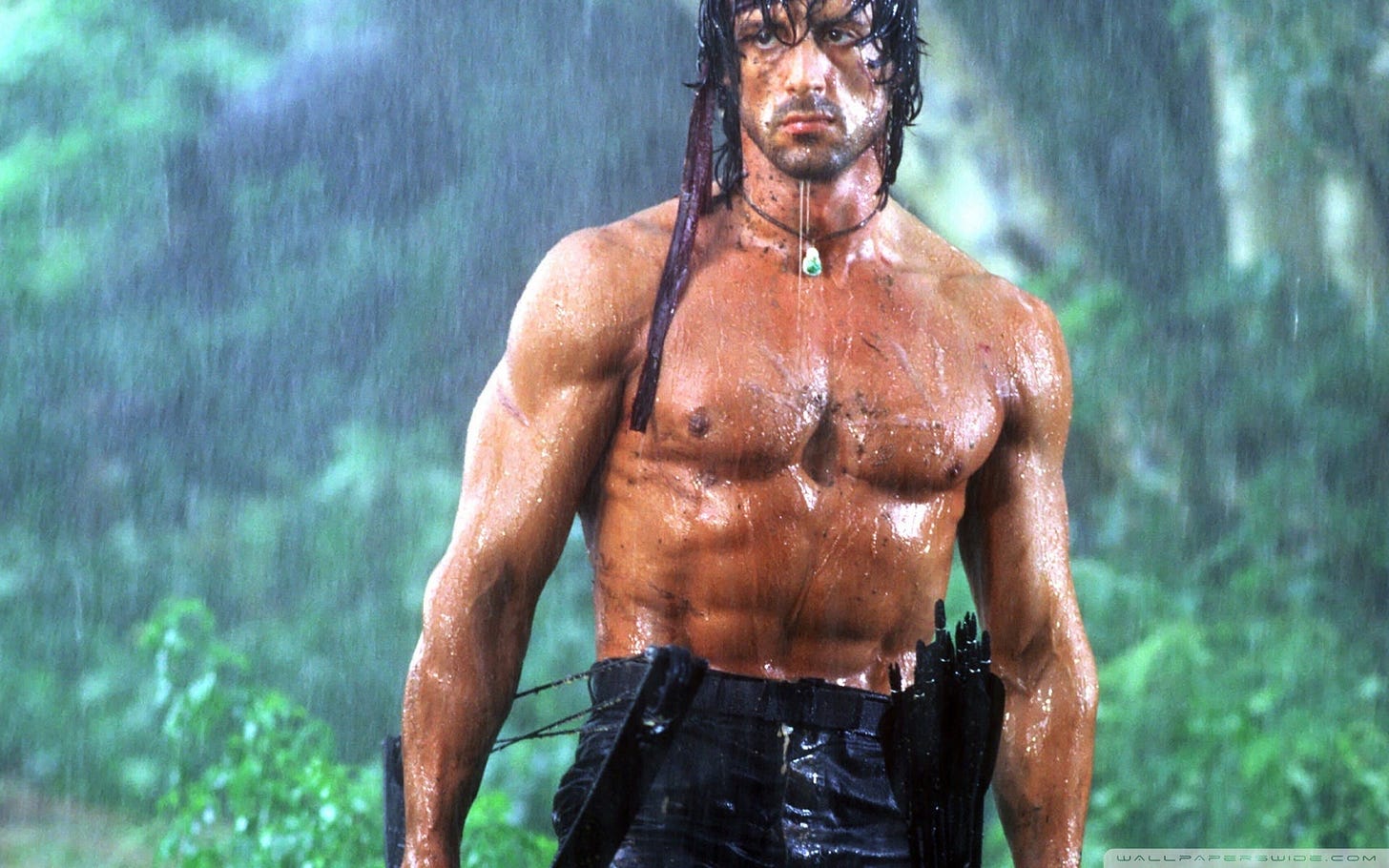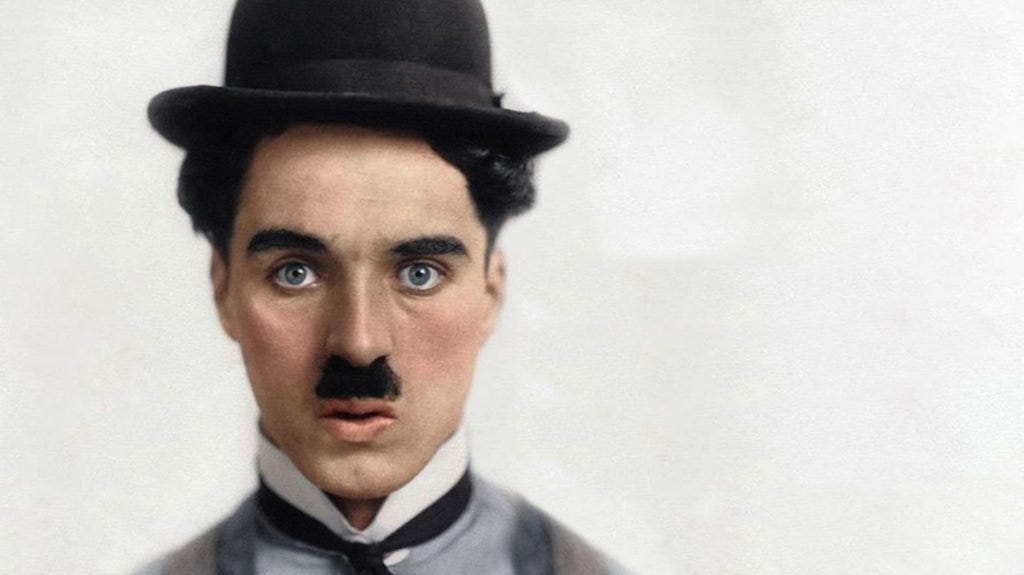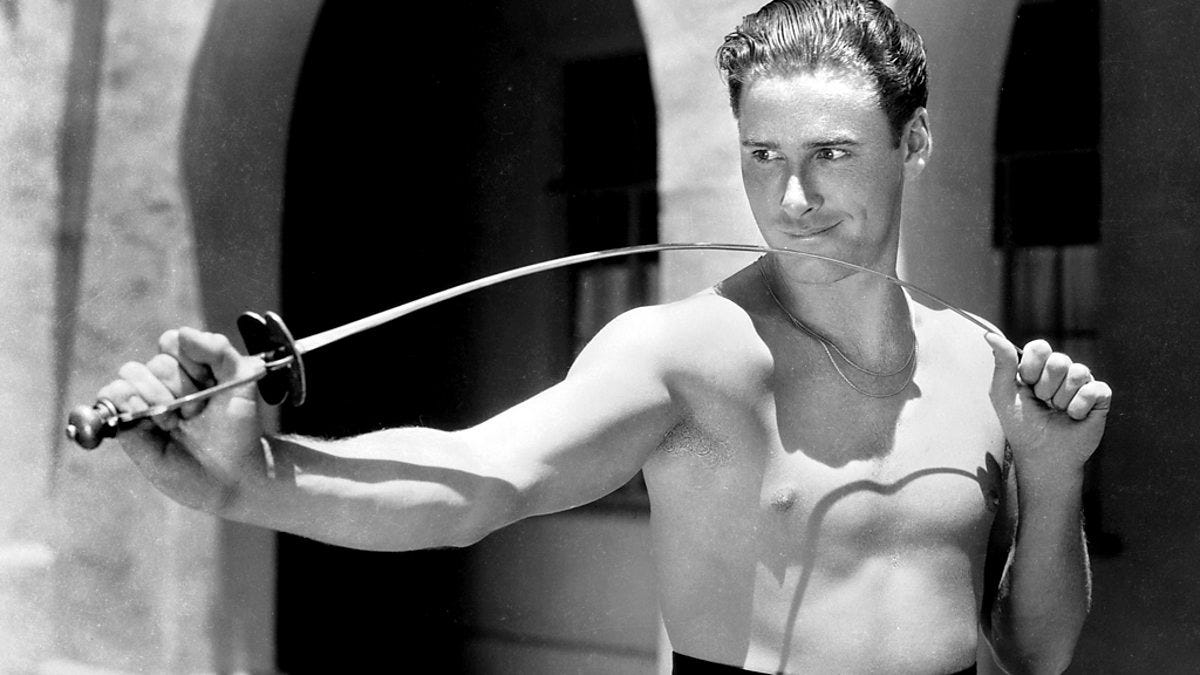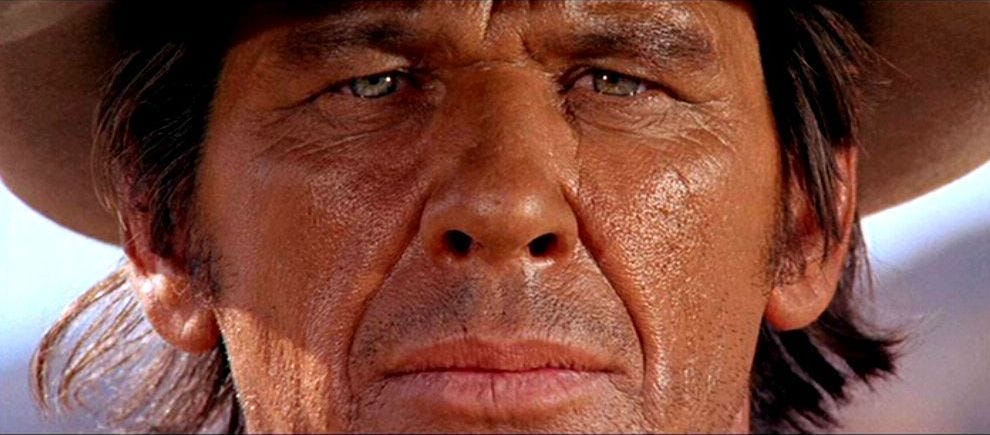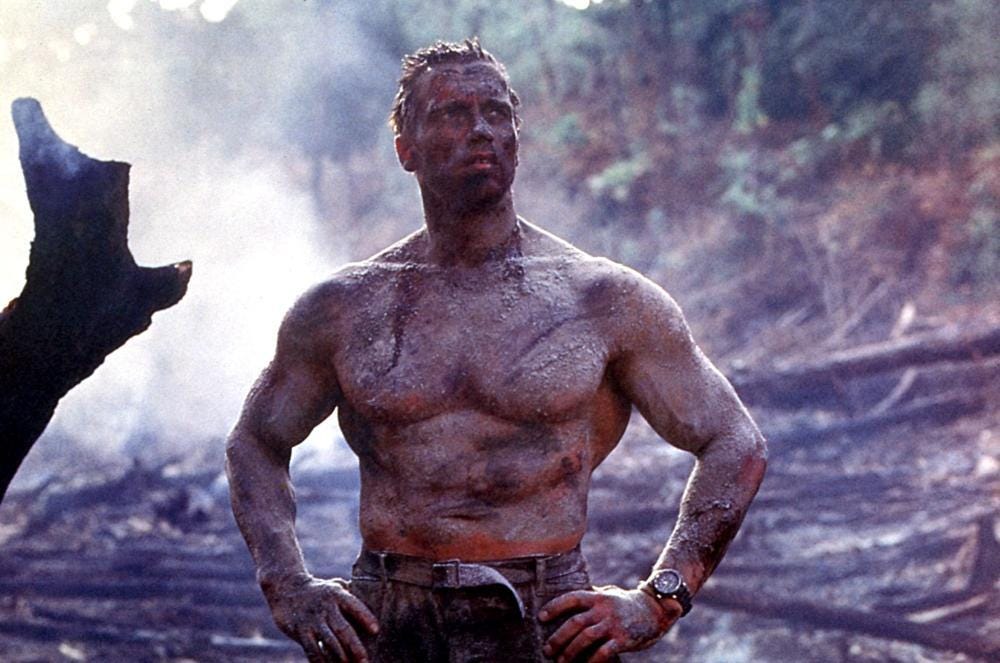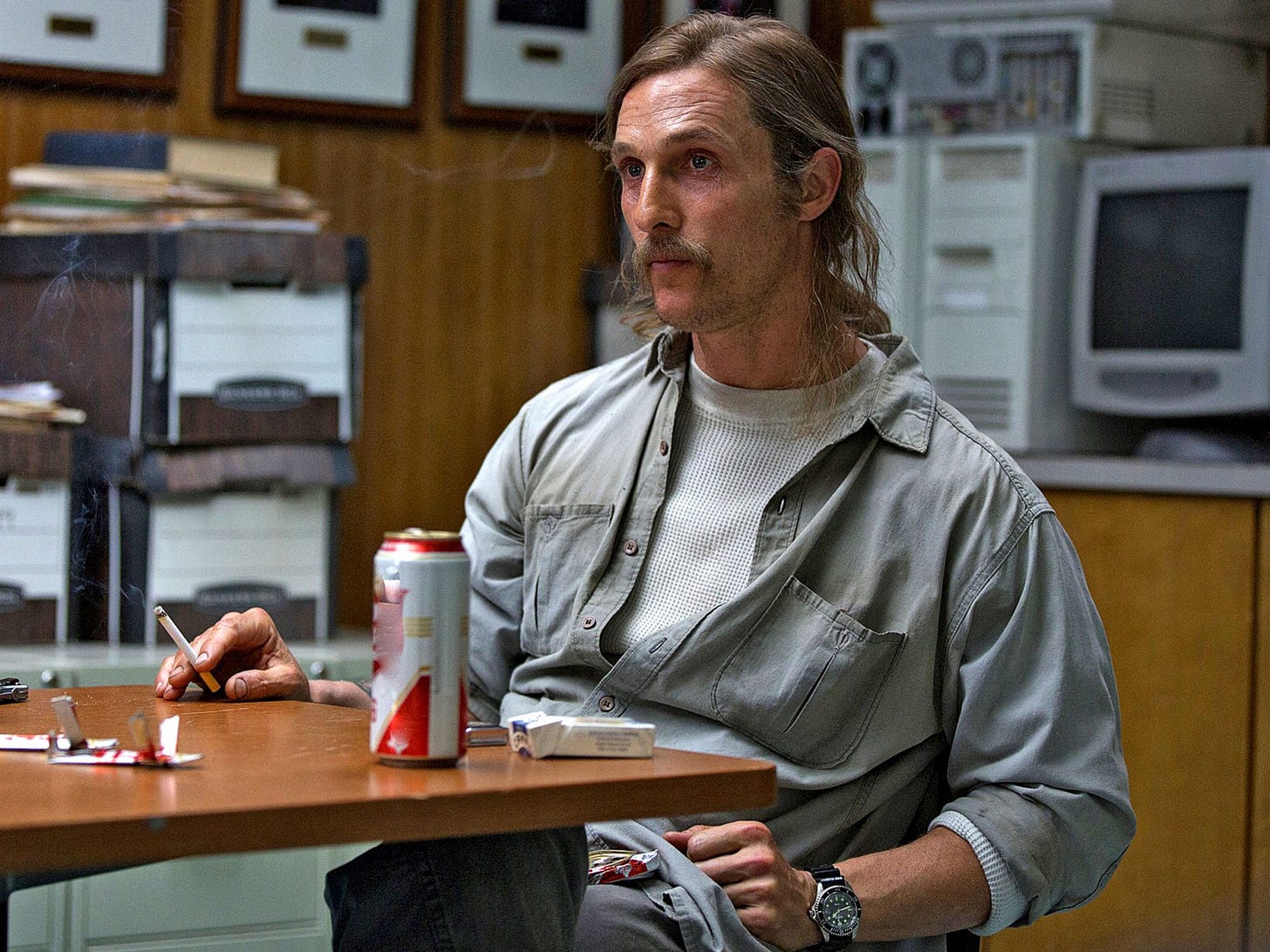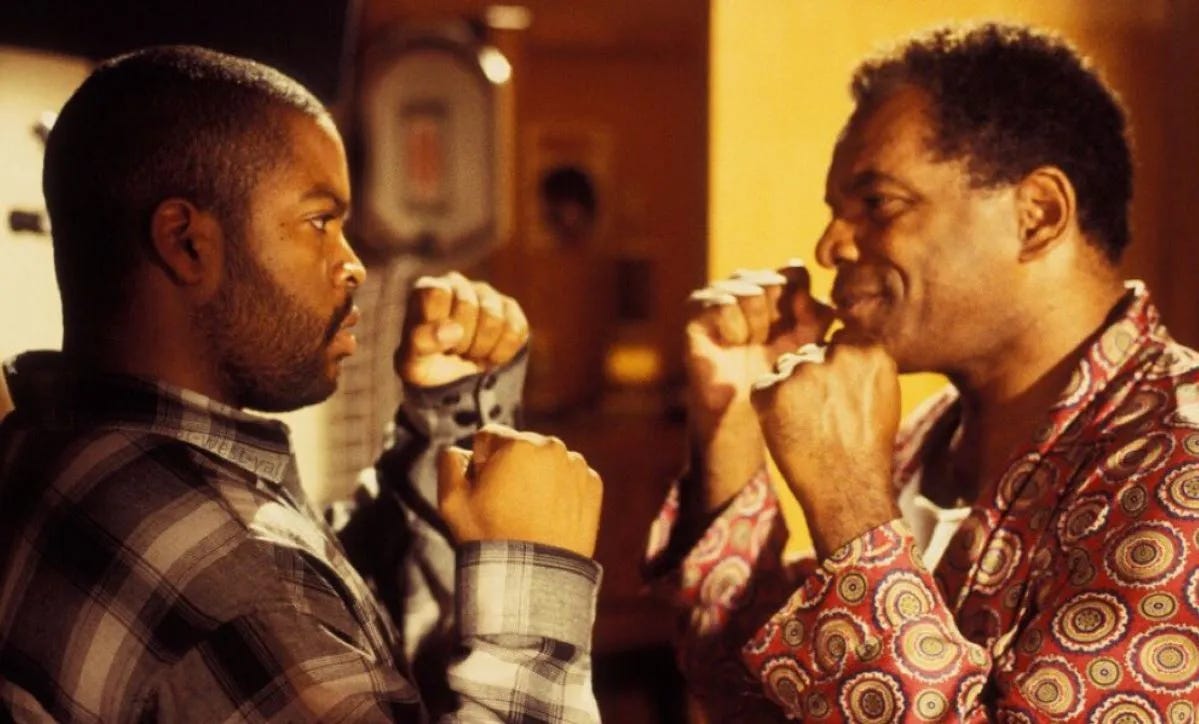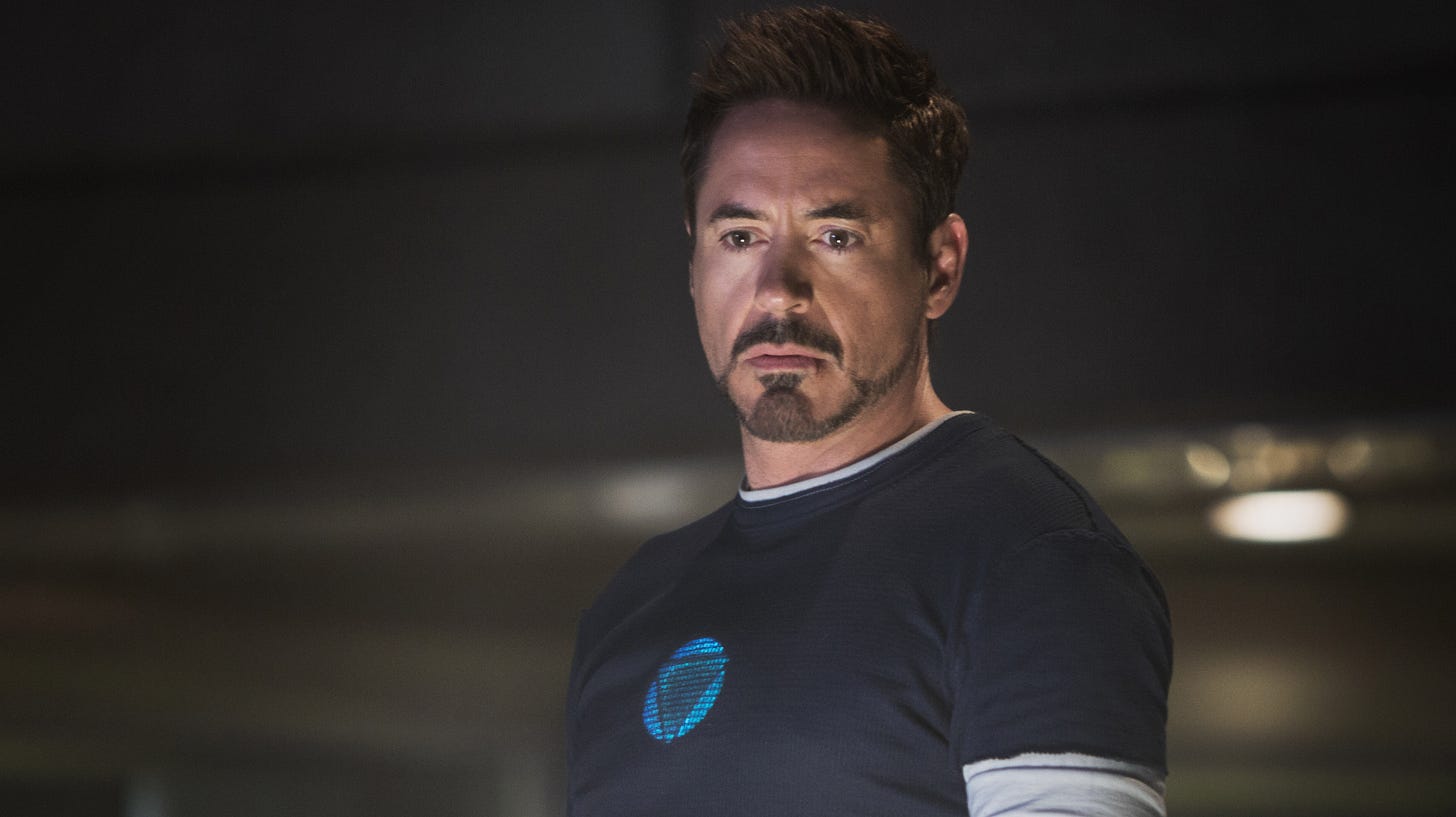Messianic Figures In Plastic Armor Are Emasculating Your Children (And Yes, We Need Men)
by Evan Dean Shelton
Since the very beginning of cinema, the Action Hero has stood tall and battered over captivated audiences worldwide. From the first moment that film was ever recorded and then played back, someone looked at that and said, "This is cool and all, but what if there were explosions and fistfights?"
And whoever that person was, they were right.
Explosions and fistfights are two events that can greatly enhance nearly any situation.
Public opinion backs this up.
Some quick google fu tells me that of the twenty highest grossing films of all time, seventeen of them are action flicks, and the other three are each movies with at least one punch-up scene.
We like action, and we like Action Heroes.
And most of our Action Heroes are men.
This is because the traditional occupations of the Action Hero are fighting and killing.
Some two hundred thousand years of life here on planet Earth say that fighting and killing are traditionally occupations of men.
Some one hundred or so years of cinema say that the Action Hero evolves with the audience, and that the evolution of the Action Hero is a timeline of the progression of the modern male archetype...
Let's take a look at our first Action Heroes...
We'll go with the big three here: Harold Loyd, Buster Keaton, and Charlie Chaplin.
These guys are all physical comedians, but this is the beginning of action film.
These men were bold, intelligent, and fit artists who performed elaborate stunts with little to no safety precautions, and also worked on the technical design aspects of those stunts.
These men were real-life, athletic daredevils. There were no special effects, only dangerous stuntwork captured on film and presented to wide eyed audiences everywhere.
These men were hardworking, adaptable, jack of all trade types, living through the worst economic crisis in modern history.
The next era of Action Heroes were the swashbucklers, men like Douglas Fairbanks and Errol Flynn. Handsome, charming, fit, and capable. These men could sword fight and get the girl.
This is the beginning of the male sex symbol in Hollywood, and this came at a time when the country was still dragging itself out of the dust. We needed a shot of something strong, see? And Rudolph Valentino was quite an intoxicant...
Then we get our war era Action Heroes, the grizzled killers. Guys who came with a rougher edge than the swashbucklers of old Hollywood. Men with a five o'clock shadow and a smoking gun.
These men are the Dads that you want running shit when the chips are down, and boy were the chips down...
These men carried us through the war, and then came home to defend us throughout the 50s against giant ants and all manner of other irradiated horrors...
From here we get our 60s and 70s era Action Heroes, who blended a sort of icy sophistication with their punches and shotgun blasts.
These are men of grey morality, powerful physique, and strong sex appeal.
These are modern, optimum men. Captivating to other men, and charming to women, and they first came to popularity during the "Sexual Revolution" of the 60s.
At this point we have reached a sort of peak aesthetic in the genre. You either get the Seasoned Commander look (Sean Connery, Lee Marvin, Charles Bronson) or you get the Capable Badass look (Bruce Lee, Fred Williamson, Chuck Norris). These two looks seemed to satisfy us for quite a while...
Then the 80s came along and cranked up the peak aesthetics reached in the 60s and 70s by either doubling down on the Seasoned Commander look (casting established silver foxes from the old days), or blasting off into the anabolic stratosphere with the 80s version of the Capable Badass: the Bodybuilder Action Hero.
Our leading man got huge. These are men like Schwarzenegger and Stallone, who held massive machine guns, one in each hand, and made it look plausible.
Men who looked like comic book heroes.
Ultimate Dads, and Anabolic Fucktrucks, that's what we got in the 80s. Men distilled into their purest and most base forms, projected onto the big screen in glorious 35mm for your viewing pleasure.
These men came at a time of uncertainty, a brand new era of chaos and the beginnings of corpocracy.
Fear and greed were flying off the shelves.
They needed to grab our attention and hold it in a headlock like Jesse "The Body" Ventura.
And they did.
Then along comes the first wave of The Everyman Action Hero.
These guys are meant to be your neighbor, but are played by men like Bruce Willis, Nicolas Cage, and Keanu Reeves.
This is a creative decision born of necessity. We needed to turn the dial down a bit after the 80s, let the hangover wear off. Also, we had already exhausted the talents of the half a dozen bodybuilders who could speak lines in English, and a lot of our Ultimate Dads were now ancient or dead.
Top this off with a time of perceived economic stability, and you get this sort of lull in the progression of the modern male archetype in cinema.
So we turned to each other as leading men and women.
And for the most part we stuck with this model until the superheroes came along...
These messiah types are just Everyman and Everywoman in plastic armor though, and they solve their problems and defend the normal folk using abilities and technology from the realms of fantasy and sci-fi.
These impervious personifications of deus ex machina arrived during what many think is the most tumultuous and tenuous time in modern western civilization. An era of rampant classism and abuse of power.
At a time when many are feeling disenfranchised and powerless...come gods beyond the laws of physics who solve our problems for us.
I will not posit an opinion here on what I think that means, and what that says about us as a society.
What I will say is this: our Action Heroes used to represent us at peak form, men we could aspire to be, and in more recent years, women that we could aspire to be.
Why do we aspire to be fighters and killers?
Because life here on planet Earth is violence and conflict, Jack. Always has been, always will be, in one way or another.
Thus, our Action Heroes, our optimum men and women, are smart, capable, tough, and deadly. They are ready for anything, including war.
We need these people. Our survival depends on them.
There's a reason that action cinema is propelled by characters that solve their problems with fists and explosions, and it's the same reason that we as a society value our athletes, fighters, and soldiers.
Exhibit A: Matthew McConaughey in True Detective, saying that "The world needs bad men to keep the other bad men from the door."
Exhibit B: John Witherspoon in Friday, talking about the importance of standing up for yourself, being a man, living to fight another day.
Our Action Heroes have always been a sort of societal propaganda. Something to entertain us while also giving us badass men to look up to.
So what do these superheroes represent?
What's the significance of the timing of their popularity?
Again, I'm not preaching here, but if this were a high school wrestling match, I'd bet on the kid raised on Rocky and Predator over the kid raised on Marvel movies.
Perhaps our kids need a little more John Rambo and a little less Tony Stark.
Evan Dean Shelton is a Writer, Musician, Filmmaker, and the host of a podcast called The Lurking Transmission





